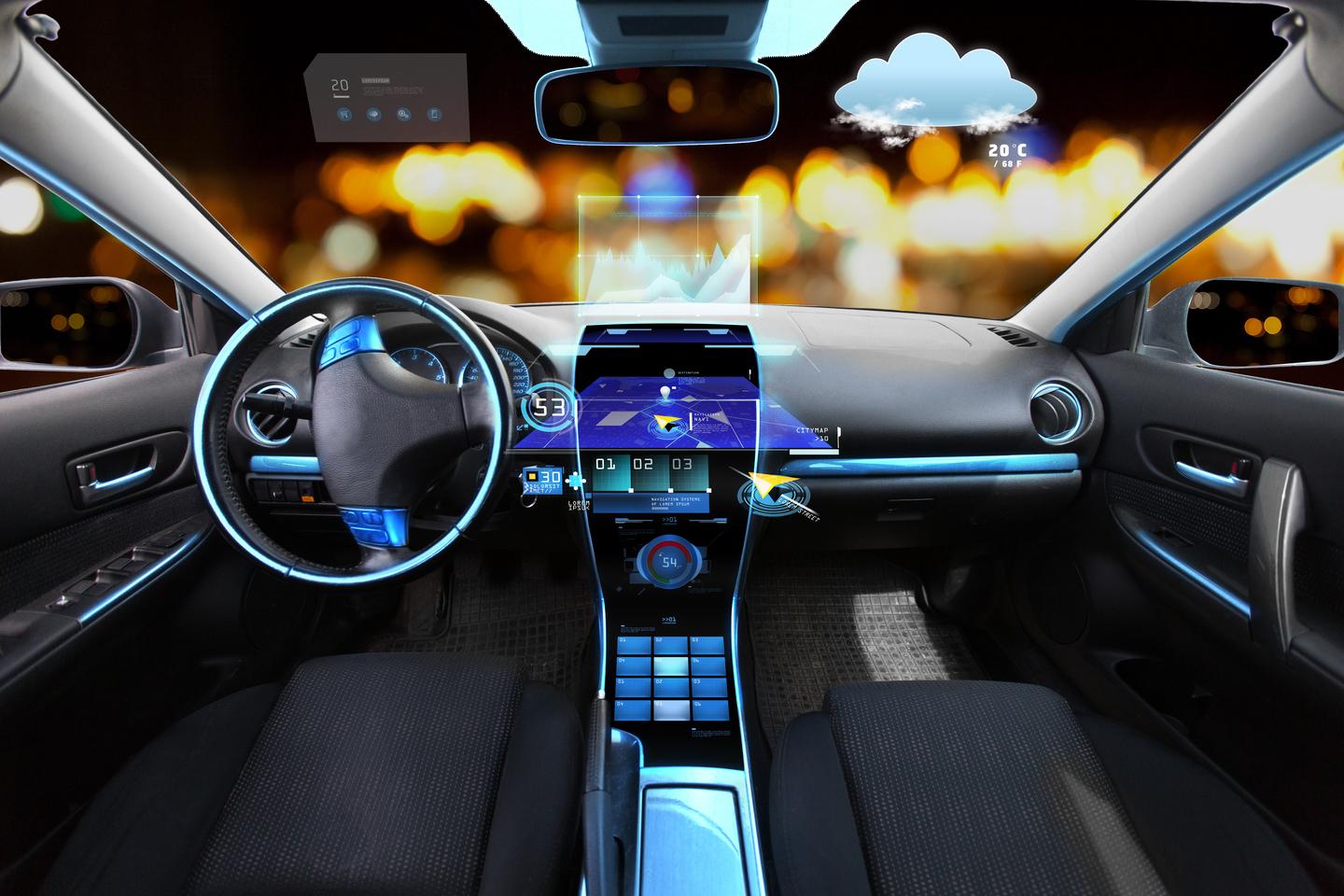Automotive Display Units Market: Poised for Growth Amid Rising Demand for Digital Vehicle Interfaces

The automotive display units market has emerged as a critical segment of the broader automotive industry, driven by increasing demand for advanced vehicle features, connected car technologies, and enhanced user experience. These display units, which include instrument clusters, center stack displays, head-up displays (HUDs), and rear seat entertainment systems, have transformed the way drivers and passengers interact with vehicles.
Market Dynamics
The shift toward digitalization and electrification in vehicles is a major driving force behind the growth of automotive display units. Automakers are increasingly integrating high-resolution, multi-functional display systems to improve safety, provide real-time information, and deliver a seamless infotainment experience. The growing popularity of electric and autonomous vehicles is also influencing the demand for advanced display technologies. In these vehicles, displays play a vital role in communication between the driver and the vehicle, as traditional mechanical interfaces are being phased out.
Additionally, consumer expectations have changed significantly over the past decade. Buyers are now looking for cars that offer the same level of connectivity and interactivity as their smartphones or tablets. This demand has pushed OEMs (Original Equipment Manufacturers) and Tier 1 suppliers to invest heavily in developing display technologies that are intuitive, responsive, and visually impressive.
Types of Automotive Display Units
-
Instrument Cluster Displays: These replace traditional analog gauges and provide digital readouts for speed, fuel level, navigation, and vehicle diagnostics. Fully digital instrument clusters are now common in both premium and mid-range vehicles.
-
Center Stack Displays: Located in the center console, these displays control infotainment systems, navigation, HVAC (Heating, Ventilation, and Air Conditioning), and more. Touchscreen interfaces have become the norm, with some offering haptic feedback and voice recognition features.
-
Head-Up Displays (HUDs): HUDs project key information onto the windshield, allowing drivers to keep their eyes on the road. Advanced HUDs use augmented reality to highlight road signs, obstacles, and navigation cues.
-
Rear Seat Entertainment Displays: These are often found in family vehicles and luxury SUVs, providing multimedia content for passengers, particularly on long journeys.
-
Passenger Displays: Found in high-end models, these allow front passengers to control navigation, entertainment, or access vehicle settings, offering a more personalized in-car experience.
Technological Advancements
The market has seen rapid advancements in display technology, including the adoption of OLED (Organic Light Emitting Diode) panels, curved and flexible screens, and 3D displays. OLED screens offer vibrant colors, deeper blacks, and improved contrast ratios, enhancing visibility and design flexibility. Curved displays, often used in luxury vehicles, allow a more immersive experience while also saving space.
Another key innovation is the integration of Artificial Intelligence (AI) and voice-activated systems, allowing drivers to control display functions hands-free. These smart systems can adapt the interface based on user preferences or contextual needs, improving both safety and usability.
Regional Insights
Asia-Pacific holds a dominant share in the automotive display units market, largely due to the high concentration of vehicle production in countries like China, Japan, and South Korea. These countries are not only major manufacturing hubs but also centers of technological innovation.
North America and Europe are also significant markets, driven by the strong presence of premium car manufacturers and increasing adoption of advanced driver assistance systems (ADAS). Regulatory bodies in these regions are also encouraging the use of safety-enhancing technologies, such as HUDs and digital clusters, which further supports market growth.
Competitive Landscape
The market is highly competitive and features a mix of established automotive suppliers and tech-oriented newcomers. Major players include Continental AG, Denso Corporation, Visteon Corporation, Panasonic Automotive, Robert Bosch GmbH, LG Display, and Nippon Seiki. These companies are focusing on partnerships, R&D investments, and mergers to maintain or enhance their market position.
Collaborations between tech companies and automotive OEMs are also reshaping the industry landscape. Partnerships between automakers and companies specializing in displays or user interface technology have accelerated innovation and time-to-market for new features.
Challenges and Opportunities
While the automotive display units market is poised for robust growth, it also faces several challenges. High development costs, integration complexity, and the need for robust cybersecurity in connected display systems can hinder adoption. Additionally, concerns around driver distraction have prompted regulators to scrutinize display design and functionality more closely.
Nonetheless, the transition to autonomous and electric vehicles offers vast opportunities. As vehicles become more autonomous, in-car displays will evolve from providing driving-related information to offering rich entertainment, productivity, and communication experiences.
Conclusion
The automotive display units market is undergoing a significant transformation, fueled by technology, consumer expectations, and evolving mobility trends. With growing emphasis on connectivity, personalization, and safety, display systems are set to become an even more integral part of the automotive ecosystem in the coming years. Continued innovation and strategic collaboration will be key to staying ahead in this rapidly evolving space.
- Art
- Causes
- Crafts
- Dance
- Drinks
- Film
- Fitness
- Food
- Juegos
- Gardening
- Health
- Home
- Literature
- Music
- Networking
- Other
- Party
- Religion
- Shopping
- Sports
- Theater
- Wellness


